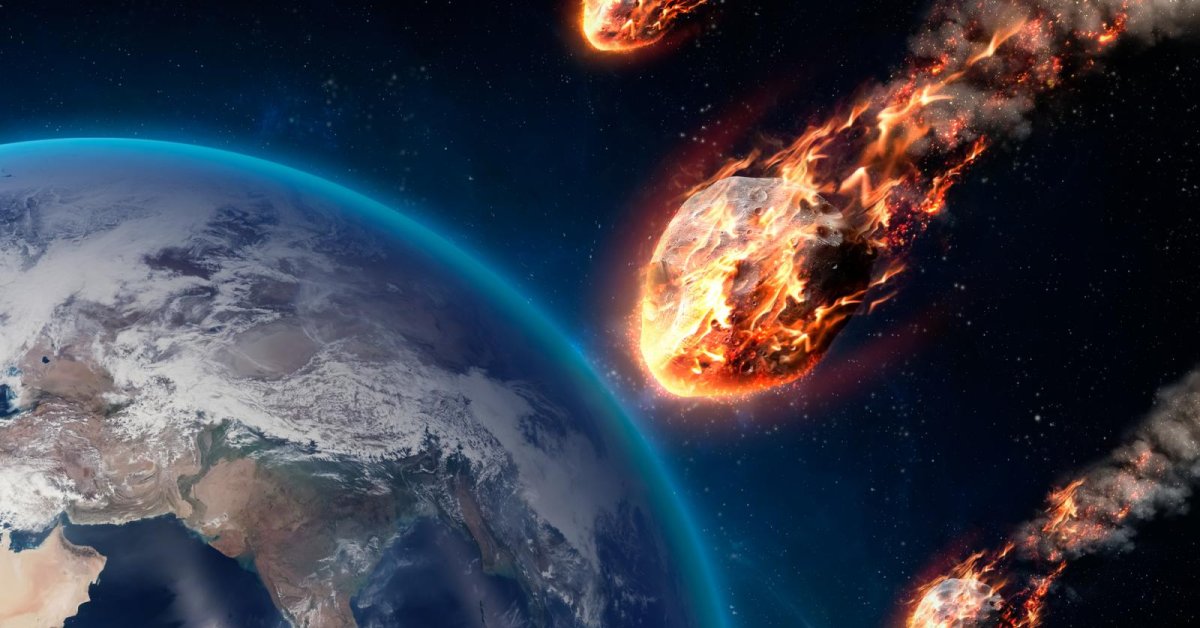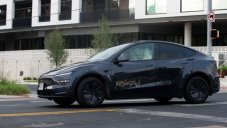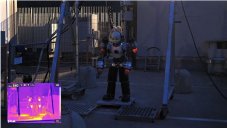Elon Musk's Starlink May Prevent Astronomers From Detecting Asteroids On Collision Course For Earth
Aadhya Khatri - Feb 02, 2021

The sheer number of Starlink satellites on low-Earth orbit is concerning astronomers as they make it almost impossible to get a clear view of the sky
- Starlink: Why It’s a Big Deal for U.S. Internet in 2025
- Starlink Can Bring High-Speed Internet Service To Airplanes, Ships And Trucks
- Starlink’s Internet Still Works On A 3000-Metres Snow Mountain
The sheer number of satellites on low-Earth orbit is concerning astronomers as they make it almost impossible to get a clear view of the sky.
The true scope of the threat of constellations has yet to be fully understood. According to a recent report of the American Astronomical Society, the satellites will change astronomical observation for near-infrared and optical investigations.

The first batch of Starlink satellites, ever since their launch in 2019, has been clearly visible in the night sky. In the next few years, the entire constellation is expected to amass up to 42,000 satellites.

And Elon Musk’s Starlink isn’t the only ambitious space Internet project out there. Last year, Amazon was approved to launch 3,236 satellites for its own Internet service and things will never be the same anymore.
As stated by Megan Donahue – a Michigan State University astronomer, while many marvel at the sight of a train of bright lights moving across the night sky, astronomers knew that these satellites would create long white streaks on the pictures taken by telescopes, blotting out the celestial objects astronomers were studying.

While satellites appearing in photos are nothing strange, according to Jeff Hall Lowell Observatory director, most of them are too far away to pose a threat. But since the newer constellations are deployed in the low-Earth orbit, they are much brighter and can distort data collected by astronomers.

To make matters worse, newer generations of telescopes are getting more sensitive and lights from Starlink satellites can cripple them. For example, the Pan-STARRS (short for Panoramic Survey Telescope and Rapid Response System) in Hawaii has already reported damage in collected data. And if we don’t come up with a solution soon enough, this situation might lead to disasters like when an asteroid may collide with Earth, there is no way for us to see the threat.

An upcoming astronomy project that might well be sabotaged by Starlink satellites is the Vera C. Rubin Observatory which was deployed to help astronomers detect near-infrared and faint signals. Simulations suggest that Starlink satellites’ light trails will damage around 30% of the Vera C. Rubin photos, delaying several discoveries for generations.

As stated by Donahue, there are possible workarounds for this issue, for example, satellite operators can reduce the brightness of the constellations. Another solution is to come up with software that can give astronomers a heads-up about when satellites pass overhead.
For satellite operators, the most effective way to solve the problem is to stop launching more satellites but that is a big no.
Starlink has tried painting them black but the brightness is only reduced just a little bit. The company is testing sun shields in the hope to find a long-term solution. Hall has a different approach. He said we could turn the reflective surface of the satellites away from the ground.

One of the most troubling issues now for satellite operators is the altitude. Greg Wyler, founder of OneWeb said his company’s satellites, thanks to their orbit of 1,200 kilometers, have less chance of colliding whereas Starlink, which operates in low-Earth orbit, will have to have more satellites to blanket our planet’s surface.

However, this isn’t a long-term solution either. According to the AAS report, the farther the satellites, the longer they will stay in the field of view. We are talking about as long as the entire night.
The good news here is, these companies are willing to cooperate to find the best solution possible. According to Hall, the AAS report has input from both Starlink and OneWeb. This is an opportunity astronomers need to take as there are no rules against launching these constellations.
>>> Early Adopters Of Starlink Reported 4K Streaming On YouTube With No Buffering
Featured Stories

ICT News - Dec 25, 2025
The Visibility Concentration Effect: Why Half the Web Isn’t Qualified Anymore

ICT News - Jul 05, 2025
Windows 11 is Now the Most Popular Desktop OS in the World

ICT News - Jul 02, 2025
All About Florida’s Alligator Alcatraz: A Smart Move for Immigration Control

ICT News - Jun 25, 2025
AI Intimidation Tactics: CEOs Turn Flawed Technology Into Employee Fear Machine

ICT News - Jun 24, 2025
Tesla Robotaxi Finally Hits the Streets: $4.20 Rides That'll Make You Hold Your...

ICT News - Jun 24, 2025
World's First Flying Humanoid Robot Takes Flight

ICT News - Jun 24, 2025
When Closed Source Met Open Source: Bill Gates Finally Meets Linus Torvalds After...

Gadgets - Jun 23, 2025
COLORFUL SMART 900 AI Mini PC: Compact Power for Content Creation

ICT News - Jun 22, 2025
Neuralink Telepathy Chip Enables Quadriplegic Rob Greiner to Control Games with...

ICT News - Jun 20, 2025
Comments
Sort by Newest | Popular